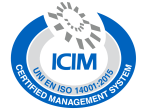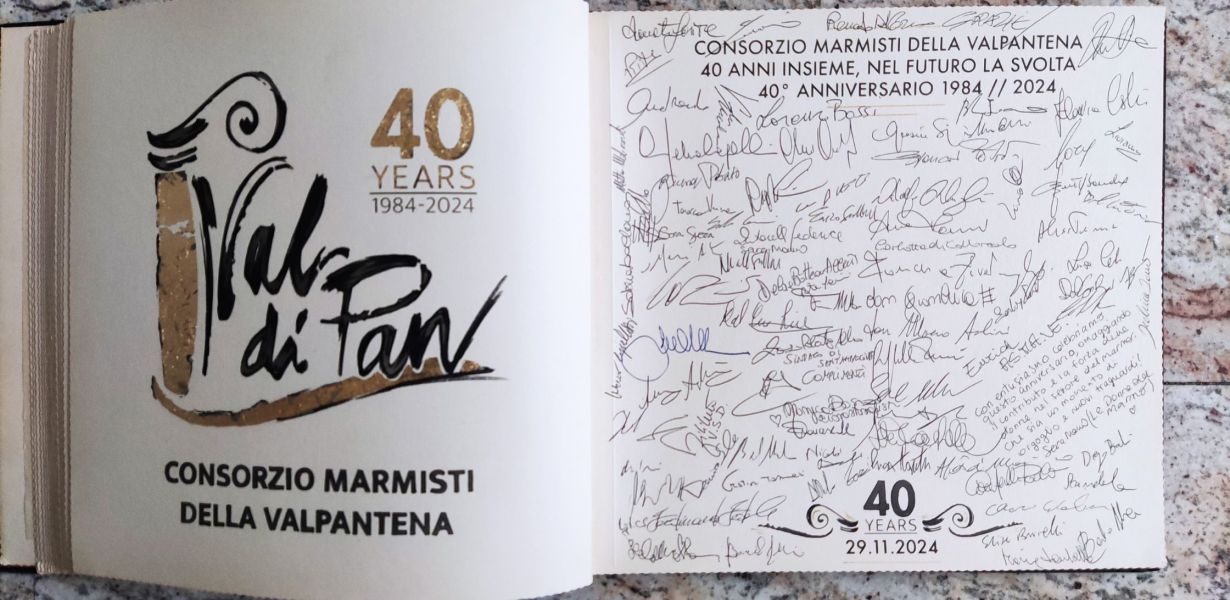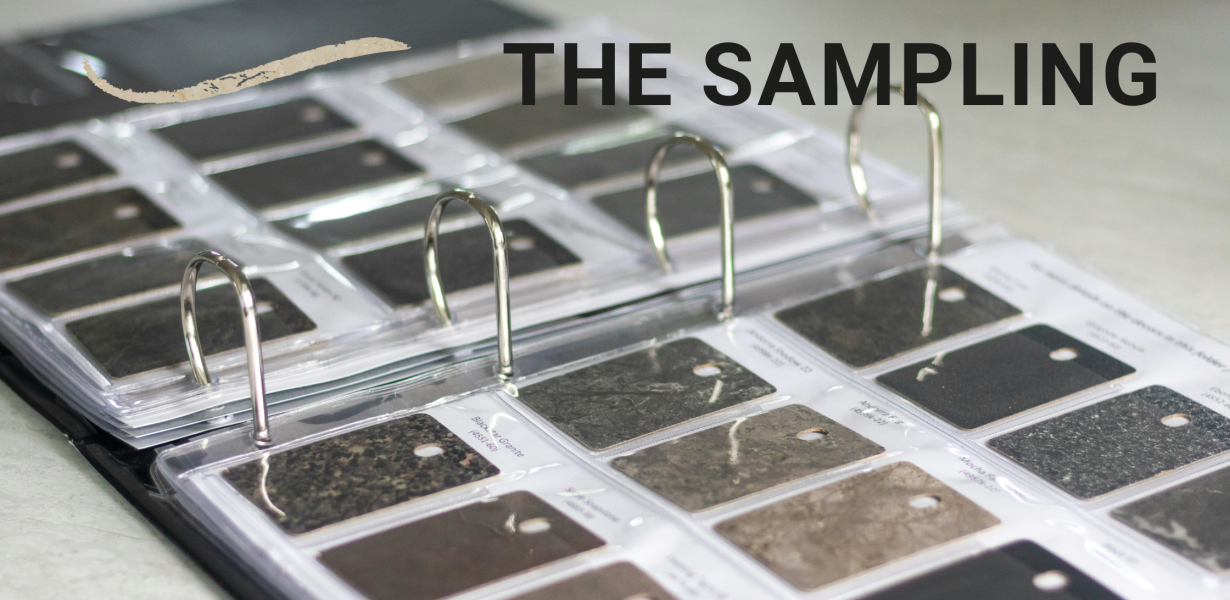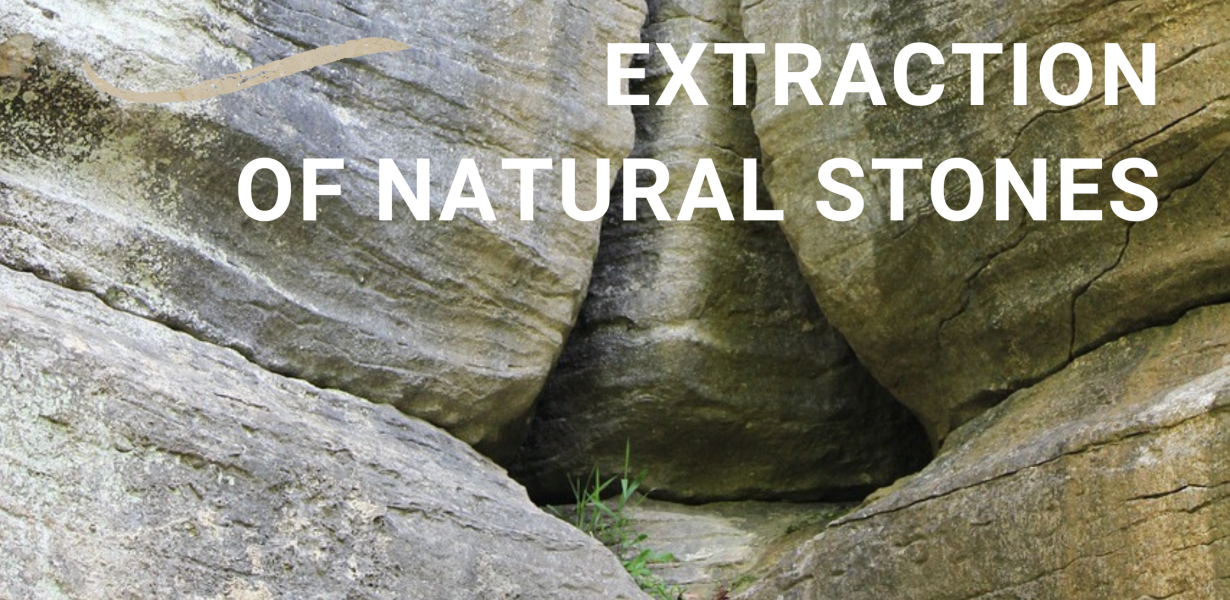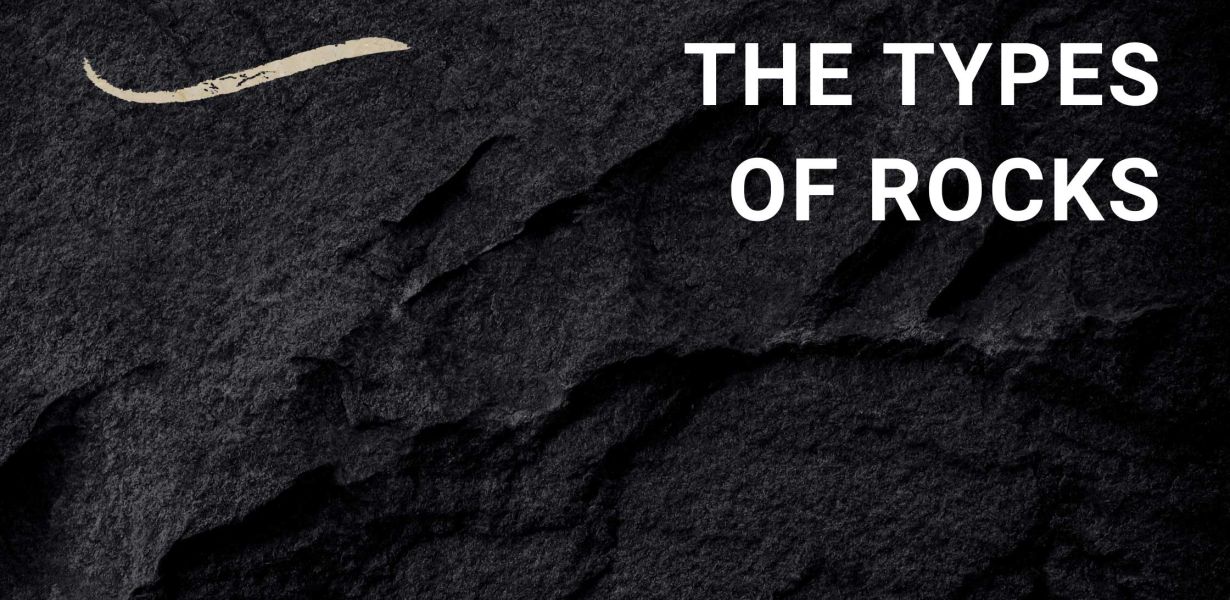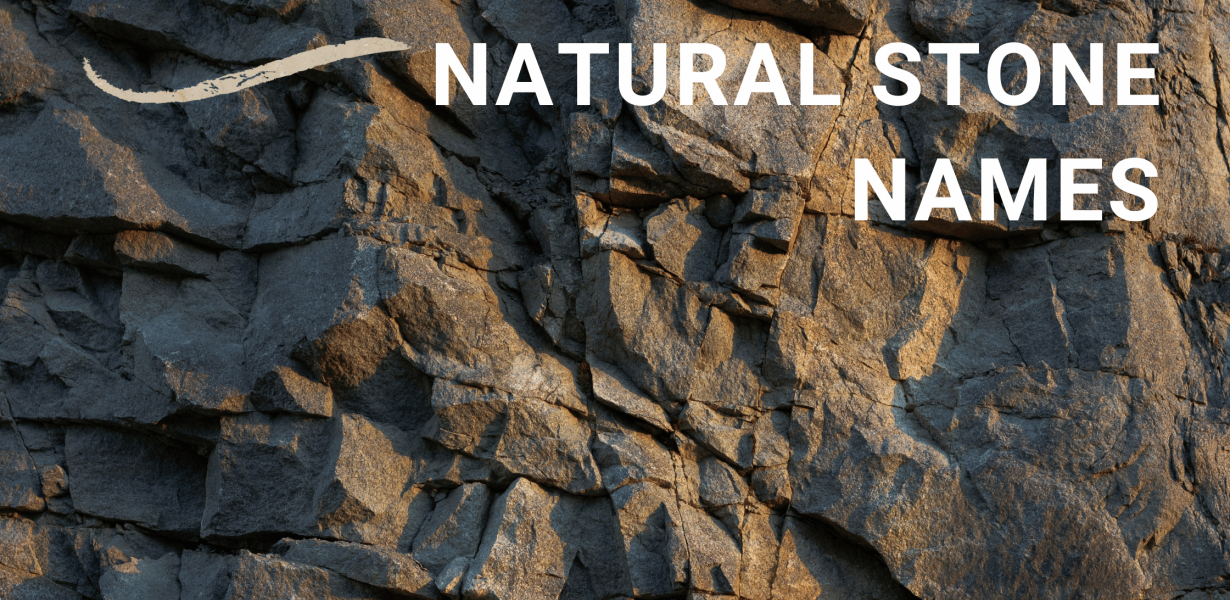Natural stone quarrying: from the heart of the earth to the home.
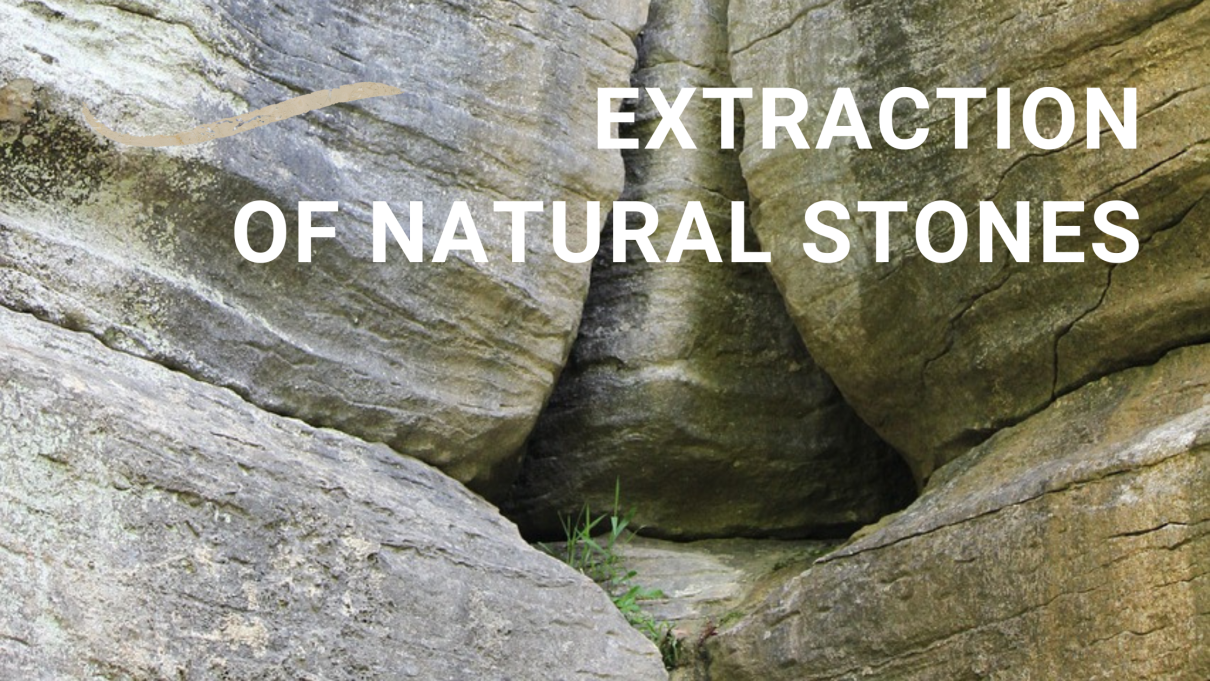
Natural stones are so called because they are present in nature, they are the result of millennia-long transformations that we today, thanks to technology, are able to transform and utilise. Architects, designers and property owners who choose natural stones for their furniture and cladding, choose to bring geological treasures rich in history and intrinsic beauty into their spaces.
But how do these stones get from underground deposits to our homes and buildings?
In this article, we will explore the extraction process of natural stones, highlighting their authenticity and the techniques used to bring them to light. The aim is to make it clear that natural stones tell the story of nature's fascination in their purity: the pattern, texture, colour and nuance of stones is given by the characteristics of the soil, and each material extracted from the ground is unique and different from the next. Consequently, every tile, every kitchen countertop, every natural stone mosaic will be unique on the face of the earth; no other project, even if executed with the same material, will have the same colours, or the same nuances.
Natural stone extraction
What is a block of natural stone
A natural stone block is a large piece of rock quarried directly from a natural deposit. Except in rare cases, e.g. Lessinia stone, which is extracted in slabs or courses, the block is the basic module for stone processing.
These blocks are the raw material from which slabs and other finished products for construction, furniture and design are obtained. The size and shape of these large boulders can vary greatly depending on the geological nature of the lithotype and the geomechanical characteristics of the deposit.

Characteristics of natural stone blocks
- Shape and dimensions: ideally, natural stone blocks have a parallelepiped shape, which facilitates transport and further processing. The standard size of a block can be approximately 3x1.5x1.8 metres, but there are also blocks of irregular dimensions depending on the geological conditions of the quarrying site.
- Composition: the mineral composition of the block depends on the type of rock from which it is extracted, the history of that area and its characteristics. For example, a marble block is mainly composed of calcite, while a granite block is rich in quartz, feldspars and micas.
- Extractability: the quality and integrity of the block depends on the structural and geomechanical characteristics of the deposit. Blocks without fractures and with few defects are, of course, more sought after, as they make it possible to obtain larger slabs and meet high quantitative demands; moreover, healthy blocks mean less waste and avoid wastage of material.
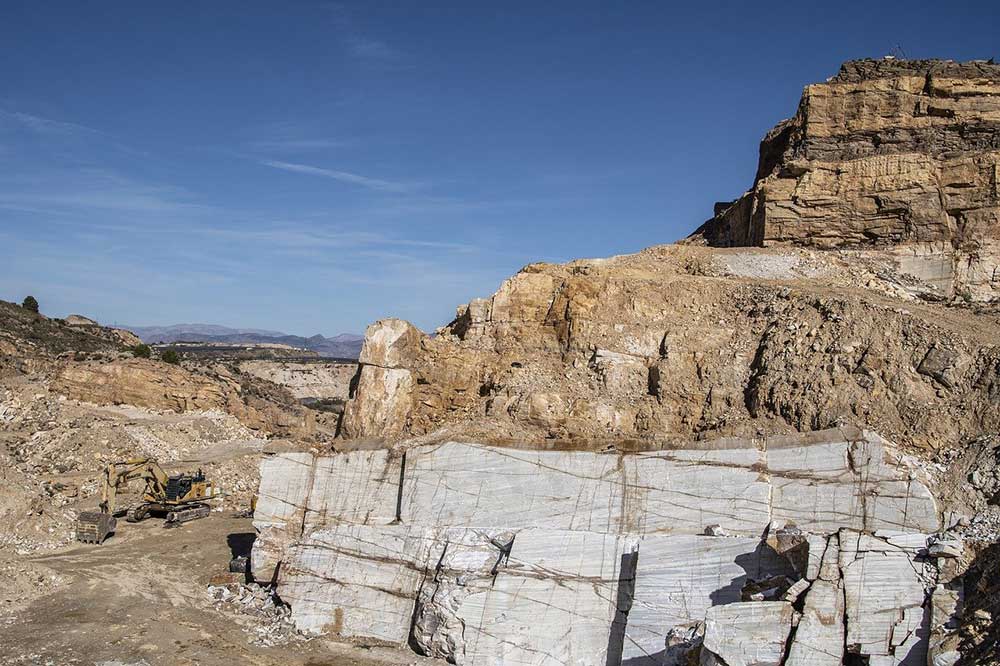
Natural stone extraction process
Quarries for the extraction of stone are distinguished between upland quarries (along the slope and at the summit) and lowland quarries, generally below ground level.
Natural stone extraction can take place:
- open-pit, the classic quarry, when stone deposits are close to the surface. The process begins with the removal of the top layer of earth, known as a ‘cap’, and may proceed by single or multiple faces; steps, descending slices, etc;
- underground, known as tunnel quarrying, when the stone deposits are deeper. In this case, the process is more complex and expensive, but allows access to high quality stone that is not available on the surface. Underground tunnels are created to reach the deposits, and alternating solids (pillars, with a structural function) and voids (chambers, corresponding to the extracted resource) sized according to the geomechanical characteristics of the rock mass;
- in "sotto-tecchia", a rarer method, they represent an intermediate (and temporary) stage between open-pit and underground extraction.
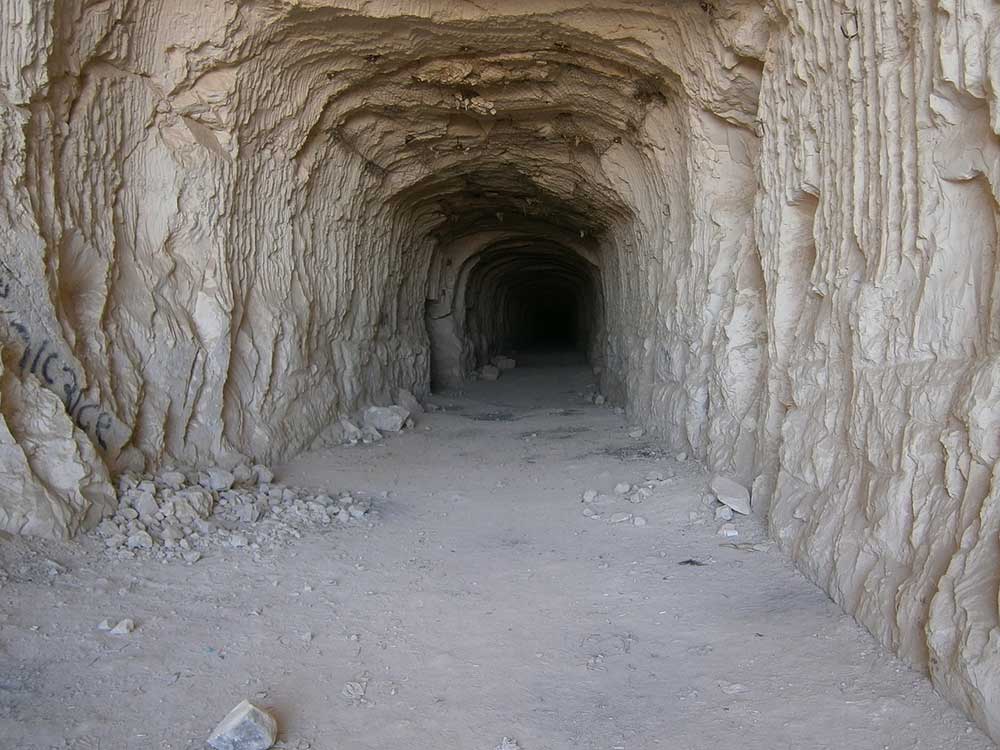
Natural stone extraction methods
The cutting of stone blocks takes place, in all three types of quarries, using suitable tools and machinery, such as:
- diamond tools: diamond wire and quarry disc are tools that allow stone blocks to be cut with precision, minimising waste and preserving the quality of the material;
- drilling machines: these are machines used to create holes in the rock, facilitating the detachment of the material;
- controlled explosives: in some quarries, explosives are used to fracture the rock in a controlled manner, allowing large blocks to be extracted without damaging the stone.
In Italy, quarrying is regulated by regional laws through quarry plans. These are technical-regulatory documents that quantify the potential of the deposits, based on market demand, and authorise the volumes that can be extracted annually, determining the duration of the mining concession; in addition, a plan is required for the recovery and return of the site to the territory at the end of the activity.
If you would like to see an example of this last action, our consortium is carrying out the recovery of a disused quarry, recovering, with the waste from stone processing, the landscaping of the territory. Read more!
From geologists to quarry workers
The natural stone extraction process consists of three phases. The first two are preparatory, and preparatory to the start of operations; these are procedures that are carried out before a new deposit is opened. The last is the more operational one, which takes place in the field, on a daily basis, and which concerns the stone industry more.
The first phase includes the fundamental work of geologists. These professionals analyse the terrain to identify stone deposits suitable for quarrying. Their work includes:
- geological studies to examine soil composition and rock formations to determine the presence of valuable natural stones. Its activities include geological mapping of the terrain, analysis of samples and geophysical study to understand the characteristics of the subsoil;
- petrographic analysis, which consists of the detailed study of the mineralogical composition of rocks. In this phase, the quality and type of minerals present are determined in order to define the quality of the stone;
- geomechanical evaluation, by which the physical properties of the rocks, such as compressive strength and hardness, are known. This is the only way to understand whether extraction is feasible in that specific location, which are indispensable parameters of safety and quality of work.
Once a promising deposit has been identified, professional profiles, such as engineers and planners, come into play:
- design the quarry layout, to define slope stability, operator safety and extraction efficiency;
- define the sequence of extraction operations, so that resources are managed with the correct equipment.
Finally, the operators, who work in the quarry on a daily basis, are responsible for:
- use the right equipment to extract the blocks from the rock. They accurately and competently use diamond cutting tools, and controlled explosives;
- safely move materials from the extraction site to the block loading and transport area;
- maintain the work site safely, carrying out the required maintenance to the machinery and keeping the site tidy;
- loading the blocks onto trucks, for transport to depots, warehouses or directly to the customer.
Every step is crucial to ensure that natural stones meet the imagination and expectations of the end customer. For this reason, bringing to light hidden treasures from the heart of the earth and transforming them into materials for everyday living is a responsibility and a source of great pride for us as a company.
We are here to guide you in the conscious choice of the right material for your projects. Contact us!
Source: Quaderno Tecnico n° 1, “Le Pietre Naturali”, As.Ma.Ve. Academy, 2022.
Ultimi articoli

Contact us
We are at your disposal, below you will find our contact details.
We are waiting for you.
come to us, call, write
Fill out the form
All fields are required.
Consorzio Marmisti della Valpantena
P.IVA 01707830236 - REA VR-191854
